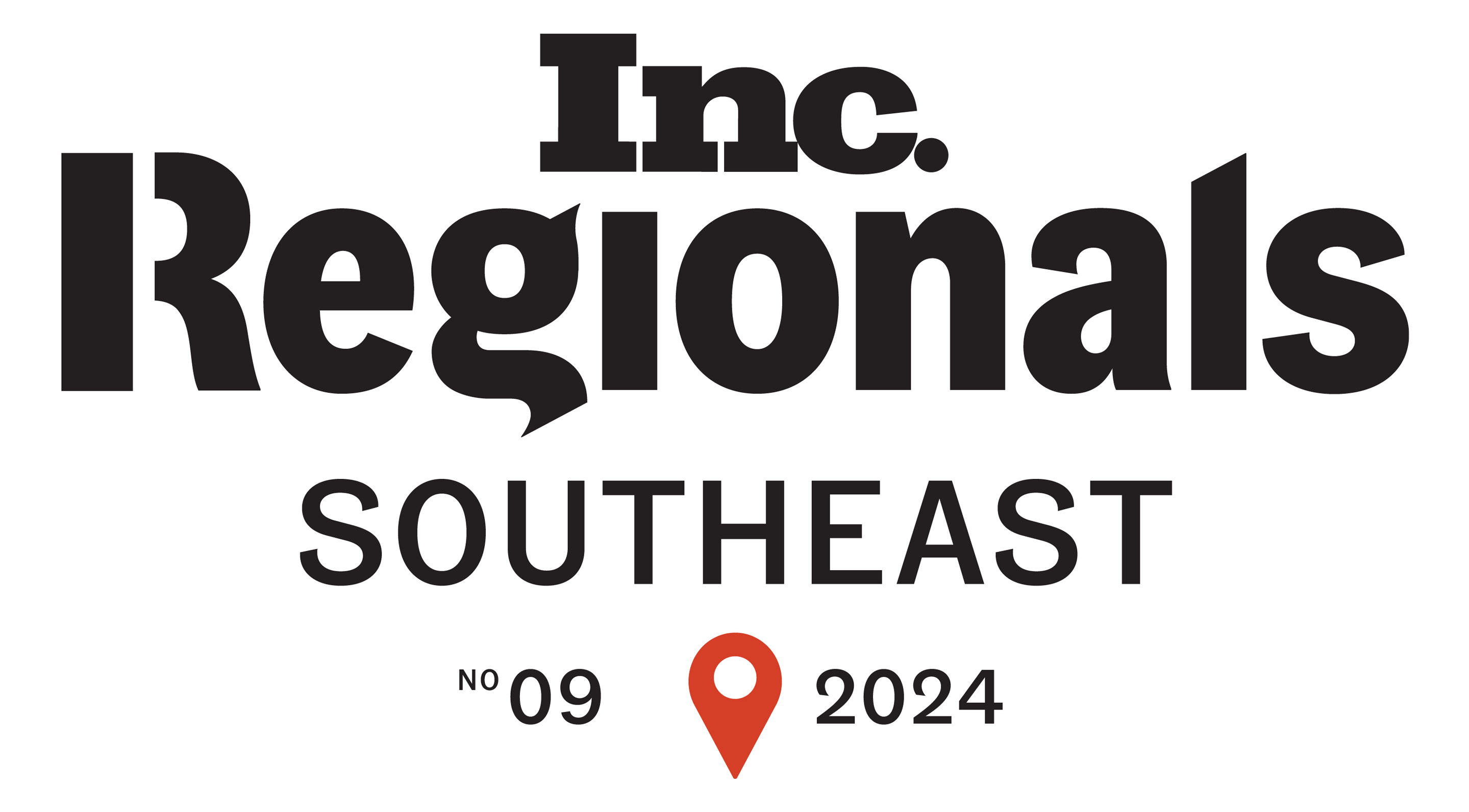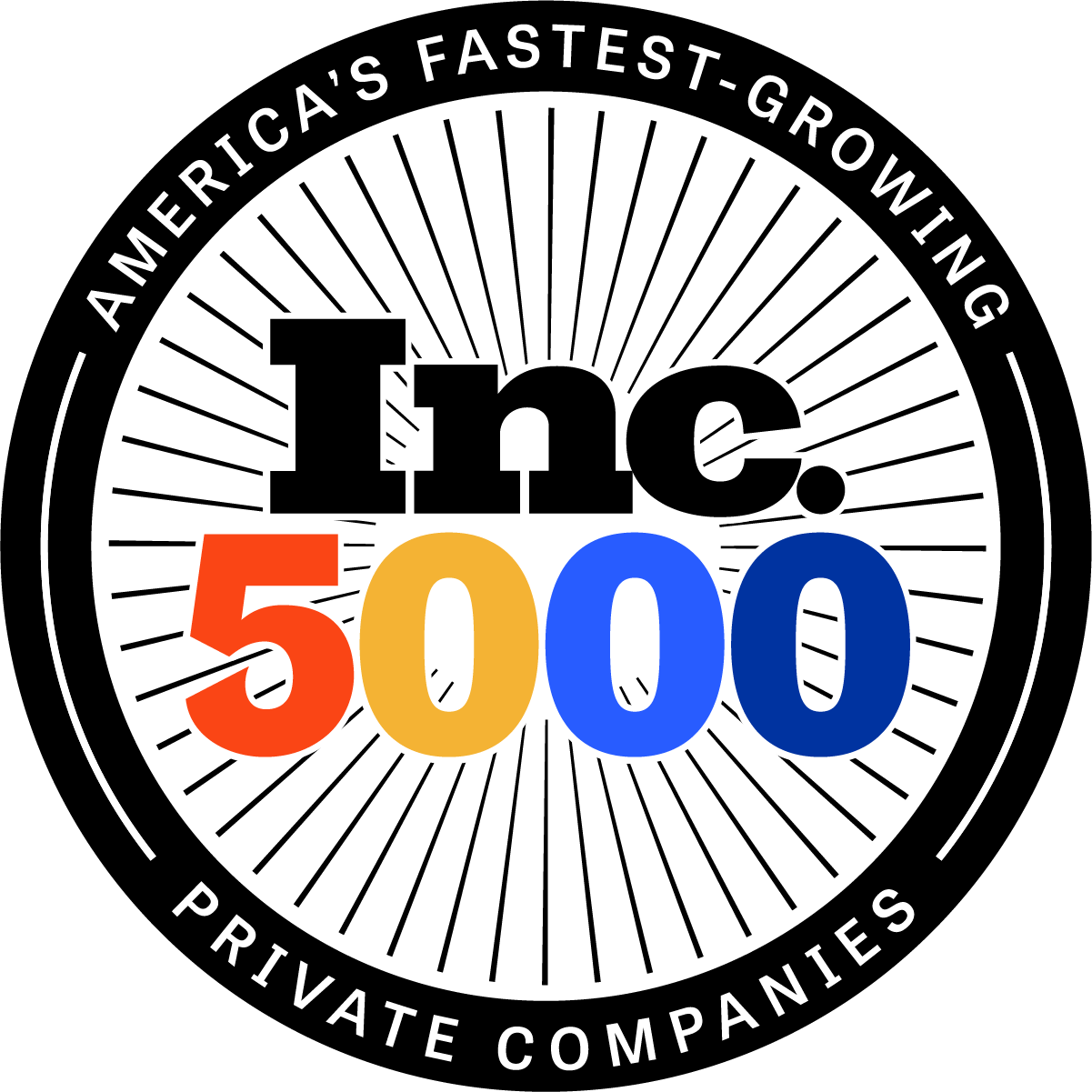As manufacturers and OEMs, you're keenly aware of the critical role claims management and adjudication play in ensuring customer satisfaction and financial stability. From the moment a claim is submitted to its final resolution, every step demands meticulous effort and accuracy. In this comprehensive guide, we'll explore key challenges, the transformative power of automation, the importance of data accuracy, and more – equipping you with the insights to optimize these vital processes.
The Challenges Manufacturers and OEMs Face
Common Pitfalls Leading to Claim Denials
Inaccurate data entry and missing documentation frequently contribute to denied claims, hampering smooth operations. Manual errors can cause lengthy delays in processing, further compounding the issue. Incomplete communication with customers or partners can result in missing or incorrect information, undermining the adjudication process. Lack of standardized procedures often leads to inconsistencies, compromising fairness and efficiency.
Financial Implications of Mismanaged Claims
High claim denial rates can significantly impact a company's financial health, eroding profitability and straining resources. The burden of manual processing increases operational costs, cutting into profit margins. Increased costs stemming from claim denials further diminish profitability, creating a vicious cycle. Facing regulatory compliance issues might lead to hefty fines, exacerbating financial woes. Perhaps most crucially, claims mismanagement can tarnish customer trust and brand reputation, affecting long-term viability.
Navigating Regulatory Requirements
Compliance with regulations like HIPAA and industry-specific standards adds layers of complexity to claims management and adjudication. Failure to meet these standards can result in severe penalties and fines. Legal obligations necessitate maintaining stringent data accuracy and privacy protocols. Ultimately, compliance ensures standardized processes, safeguarding your organization from potential legal and financial risks.
Why Addressing These Challenges Matters
Mitigating financial risks and operational costs is a top priority for any manufacturer or OEM. By addressing the challenges in claims management and adjudication, you can enhance customer trust and satisfaction, critical for long-term success. Maintaining regulatory compliance protects your organization from potential legal complications and reputational damage. Boosting overall efficiency and accuracy streamlines operations, driving cost savings and productivity gains. Seamlessly integrating new technologies becomes possible, future-proofing your processes.
Strategies for Overcoming Obstacles
Investing in technology to streamline processes is a crucial step in overcoming these challenges. Rigorous staff training ensures consistent adherence to best practices. Standardizing procedures across all regions promotes fairness and efficiency. Improving data accuracy and documentation practices reduces errors and delays. Enhancing communication with customers and partners facilitates seamless information sharing.
Leveraging Technology to Overcome Challenges
Automation technologies offer a powerful solution to the obstacles plaguing claims management and adjudication. Robotic Process Automation (RPA) can drastically reduce manual errors, improving accuracy and speed. Optical Character Recognition (OCR) empowers organizations to handle large volumes of data with ease. AI-powered chatbots assist in customer interactions, enhancing engagement and resolution times. Blockchain technology ensures transparent and secure transactions, bolstering trust. Cloud computing enables real-time data processing, accelerating adjudication and decision-making.

Automation: The Key to Streamlined Claims Management and Adjudication
Automation is transforming claims management and adjudication, offering a multitude of benefits that manufacturers and OEMs can't afford to ignore.
The Power of Automation Technologies
Robotic Process Automation (RPA) is a game-changer, capable of cutting down on manual errors significantly. Optical Character Recognition (OCR) empowers organizations to handle large volumes of data with unprecedented speed and accuracy. AI-powered chatbots assist in customer interactions, enhancing engagement and resolution times. Blockchain technology ensures transparent and secure transactions, bolstering trust and accountability. Cloud computing enables real-time data processing, accelerating adjudication and decision-making.
Reducing Manual Errors and Increasing Auto-Adjudication Rates
Automation minimizes human errors in data entry, improving consistency and reliability of information. It increases speed and efficiency in handling claims, reducing bottlenecks and delays. Automated processes enhance the customer experience through quicker resolutions, fostering trust and loyalty. Perhaps most significantly, automation increases accuracy in adjudication processes, ensuring fair and consistent outcomes.
Overcoming Implementation Hurdles
Integrating automation technologies with existing systems can present challenges, necessitating careful planning and execution. Significant resources and investment may be required, particularly for organizations with legacy systems. Staff may face a learning curve, highlighting the need for comprehensive training and support. Potential downtime during implementation must be managed to minimize disruptions. Ensuring data security and privacy is paramount, as automation technologies handle sensitive information.
The Benefits of Automation for Claims Management
Higher efficiency and reduced costs are among the most tangible benefits of automation. Streamlined processes and reduced manual intervention translate to substantial cost savings. Improved accuracy and reliability minimize errors and rework, further boosting efficiency. Automation frees up staff from repetitive, low-value tasks, allowing them to focus on higher-value activities that require human judgment and expertise. Better management of large claim volumes becomes possible, enhancing scalability and responsiveness. Ultimately, automation enhances customer satisfaction by delivering faster, more accurate resolutions.
Integrating Automation with Existing Systems
A gradual implementation approach minimizes disruptions and facilitates a smooth transition. Regular training and support for staff ensure they are equipped to leverage automation effectively. Adopting cloud solutions offers flexibility and scalability, enabling seamless integration with existing systems. Data migration strategies ensure accuracy and integrity during the transition. Continuous monitoring and upgrading of automation systems are essential to maintain peak performance and security.
The Future of Automation in Claims Management
Advancements in AI and machine learning will usher in more advanced automation solutions, capable of handling increasingly complex tasks with minimal human intervention. Greater integration with Internet of Things (IoT) devices will enable real-time data collection and processing, enhancing predictive analytics and proactive measures. Voice recognition technologies will streamline interactions, improving accessibility and convenience. Enhanced cybersecurity measures will protect sensitive data and transactions, bolstering trust and compliance.
Ensuring Data Accuracy: The Foundation of Effective Claims Management and Adjudication
Data accuracy is the bedrock upon which effective claims management and adjudication processes are built. Inaccurate data inputs can lead to incorrect decisions, delays, customer dissatisfaction, regulatory compliance issues, and financial mismanagement.
Methods for Maintaining Data Accuracy
Validation checks during data entry can catch errors early, preventing them from propagating through the system. Leveraging OCR technology enhances accuracy by minimizing manual data entry. Regular audits of data ensure consistency and identify potential issues. Automated correction tools can address common errors, further improving data quality. Data quality assessment tools provide comprehensive insights into the integrity of your data, enabling proactive measures.
Why Data Accuracy Matters in Adjudication
Data accuracy ensures the integrity of the claims process, upholding fairness and consistency. It maintains customer trust, a vital asset for any manufacturer or OEM. Regulatory compliance is contingent on accurate data, protecting your organization from legal and financial risks. Increased efficiency in claims management is a direct result of accurate data, streamlining operations and reducing delays. Ultimately, accurate data facilitates informed decision-making, leading to better outcomes for all stakeholders.
Data Management Tools for Maintaining Accuracy
Centralized databases streamline information flow, reducing silos and inconsistencies. Software solutions that enable real-time updates ensure data is always current and accurate. Automated auditing tools continuously monitor data quality, identifying issues before they escalate. Data recovery systems prevent loss of critical information, safeguarding the integrity of your processes. Cross-verification systems provide an additional layer of validation, catching errors that may have slipped through other checks.
Overcoming Data Accuracy Challenges
Multiple data sources can lead to inconsistencies, necessitating robust integration and validation processes. Integrating old and new systems can be a complex undertaking, requiring careful planning and execution. Human error in initial data entry is an ever-present risk, highlighting the need for automation and validation checks. Evolving regulations and standards require constant vigilance and updates to maintain compliance. Cybersecurity threats can compromise data accuracy and integrity, underscoring the importance of robust security measures.
Strategies for Improving Data Accuracy
Comprehensive staff training equips your team with the knowledge and skills to recognize and correct errors, fostering a culture of data quality. Implementing a double-check system provides an additional layer of validation, catching errors that may have slipped through initial checks. Regular system updates ensure your data management tools are equipped with the latest features and security patches. Leveraging third-party verification services can provide an independent assessment of your data quality. Continuous monitoring of data quality through automated tools and regular audits ensures issues are identified and addressed promptly.
Enhancing Customer Communication for Streamlined Claims Adjudication
Effective communication with customers is crucial for streamlined claims adjudication. By fostering transparency and engagement, manufacturers and OEMs can ensure accurate and up-to-date information, reduce errors, and enhance customer trust and satisfaction.
Effective Methods for Customer Communication
Secure online portals provide customers with easy access to information and updates, fostering transparency and engagement. Automated email notifications keep customers informed about the status of their claims, reducing uncertainty and frustration. Mobile apps offer on-the-go access, catering to the needs of today's connected customers. Live chat services enable immediate assistance, addressing queries and concerns in real-time. Comprehensive FAQs and knowledge bases address common concerns, empowering customers with self-service options.
Encouraging Customer Participation
Prompting customers to regularly update their personal information ensures accuracy and reduces the risk of errors. Offering incentives, such as discounts or rewards, can encourage active participation and engagement. Establishing trust through transparency and clear communication builds strong relationships with customers. Implementing easy-to-use interfaces and intuitive designs enhances the customer experience. Educational resources and guidance help customers understand the claims process, setting clear expectations and fostering cooperation.
Tools and Software for Facilitating Customer Communication
Customer Relationship Management (CRM) systems centralize customer interactions, providing a comprehensive view of communication history and preferences. AI-powered chatbots offer instant responses, addressing common queries and escalating complex issues to human agents. Unified communication platforms integrate various channels, enabling seamless transitions between modes of communication. Secure messaging apps facilitate real-time communication while ensuring data privacy and security. Automated scheduling systems streamline follow-ups and appointments, enhancing coordination and reducing missed opportunities.
Benefits of Effective Customer Communication
Accurate and updated information is the foundation of efficient claims adjudication. Effective communication reduces the risk of errors and delays, streamlining processes and delivering faster resolutions. Enhanced customer trust and satisfaction result from transparency and responsiveness, fostering long-term loyalty. Streamlined processes and faster resolutions translate to cost savings and improved operational efficiency. Effective documentation ensures regulatory compliance and protects your organization from potential legal risks.
Overcoming Implementation Challenges
Ensuring data security and privacy is a paramount concern when implementing customer communication systems. The technical literacy of customers may vary, necessitating user-friendly designs and support resources. Integration with existing systems and data sources can present challenges, requiring careful planning and execution. Regulatory compliance must be maintained, particularly in industries with stringent data protection laws. The initial costs of implementing new communication systems may be a barrier, necessitating a careful assessment of return on investment.
Future Trends in Customer Communication
Voice-activated assistants will revolutionize customer interactions, offering hands-free convenience and accessibility. Greater adoption of AI and machine learning will enable more personalized and contextual communication, anticipating customer needs and preferences. Wearable technology will facilitate real-time updates and communication, keeping customers informed and engaged. Virtual reality will enhance interaction and visualization, providing immersive experiences for complex claims or product demonstrations. Blockchain technology will ensure secure and transparent communication, fostering trust and accountability.

Standardizing the Claims Adjudication Process for Consistency and Fairness
Standardization is key to ensuring consistent and fair claims adjudication processes, fostering customer trust and operational efficiency.
The Benefits of Standardization
Standardization reduces errors and increases accuracy by establishing uniform processes and procedures. It promotes consistent adjudication across regions and business units, ensuring fairness and impartiality. Improved efficiency in processes is a direct result of standardization, streamlining operations and reducing redundancies. Increased customer trust and satisfaction stem from the transparency and predictability of standardized processes. Standardization also facilitates easier regulatory compliance, reducing the risk of non-compliance penalties.
Tools and Software for Standardizing the Process
Workflow management systems automate and standardize processes, ensuring consistent adherence to established procedures. AI-powered adjudication tools leverage machine learning algorithms to make consistent and unbiased decisions. Data integration platforms consolidate data from multiple sources, ensuring standardized information is used across the organization. Compliance monitoring systems continuously assess processes and data, identifying deviations from established standards. Quality control software provides real-time feedback and guidance, enabling continuous improvement and adherence to best practices.
Overcoming Standardization Challenges
Varied regulatory requirements across regions can complicate standardization efforts, necessitating careful planning and customization. Resistance to change within the organization may arise, highlighting the need for effective change management and communication strategies. The initial cost of implementing standardization tools and processes can be a barrier, requiring a careful assessment of return on investment. Training staff to understand and adhere to new processes is essential for successful implementation. Maintaining flexibility to address unique cases and exceptions is crucial, as rigid standardization may not be appropriate in all scenarios.
The Importance of Standardization in Claims Adjudication
Standardization ensures fairness and transparency in the claims adjudication process, building trust with customers and stakeholders. It maintains high-quality service levels, ensuring consistent outcomes and experiences. Standardization facilitates easier audits and reviews, enabling continuous improvement and regulatory compliance. It protects your organization from legal issues arising from inconsistent or biased adjudication practices. Ultimately, standardization boosts overall efficiency, reducing costs and enhancing productivity.
Strategies for Achieving Standardization
Implementing best practices and industry standards is a crucial first step towards standardization. Developing and adhering to standard operating procedures (SOPs) ensures consistent execution of processes. Regular training for staff, coupled with clear communication and reinforcement, fosters adoption and adherence to standardized practices. Software solutions that automate and enforce standardized processes can streamline implementation and compliance. Continuous review and monitoring of processes are essential to identify deviations and areas for improvement.
Future Prospects of Standardization
Unified global standards for claims management and adjudication may emerge, facilitated by international collaborations and regulatory harmonization. Enhanced AI-driven adjudication will enable more consistent and unbiased decision-making, reducing human biases and errors. Real-time compliance monitoring will become more prevalent, leveraging advanced analytics and machine learning to identify deviations from standards. Blockchain technology will provide immutable records, ensuring the integrity and transparency of standardized processes. Integration with emerging technologies, such as Internet of Things (IoT) and virtual reality, will revolutionize standardized processes, enabling real-time data collection and immersive training and simulation.
Partnering for Excellence in Claims Management and Adjudication
At OnPoint Warranty, we acknowledge the nuanced challenges manufacturers and OEMs face in claims management and adjudication. With decades of combined experience in manufacturing, insurance, warranty, and service management technology, we equipped ourselves to offer tailored solutions that enhance operational efficiency and elevate customer satisfaction. Our cutting-edge insuretech platform seamlessly integrates end-to-end warranty sales and administration, leveraging real-time data analytics to simplify processes and reduce risks.
Through our global network of vetted service providers, we ensure consistent, high-quality service delivery, fostering brand loyalty and trust. Committed to stringent data security and regulatory compliance, we protect you from legal and reputational threats. Proven collaborations with industry leaders like GE, Samsung, and AIG testify to our capacity to drive results. By partnering with us, you gain access to streamlined, comprehensive claims management solutions designed to propel your business to new heights of growth and profitability. Join OnPoint Warranty to unlock the full potential of efficient claims management and adjudication.







